-

Palladium (II) chloride CAS:7647-10-1
Palladium(II) chloride, also known as palladium dichloride, is a chemical compound consisting of palladium in the +2 oxidation state, coordinated with chloride ions. It is a versatile and important compound with a wide range of applications in catalysis, materials science, and chemical synthesis. The compound’s unique properties and reactivity make it a valuable tool in various chemical processes and industrial applications.
-
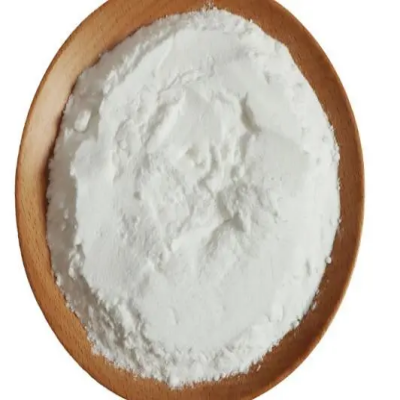
phosphoric acid tris-(2,2,2-trifluoro-ethyl) ester CAS:358-63-4
Phosphoric acid tris-(2,2,2-trifluoro-ethyl) ester, also known as TFP, is a chemical compound with the molecular formula C6H7F9O4P. It is a colorless, odorless liquid that is primarily used as a coupling agent and a reagent in organic synthesis.
-
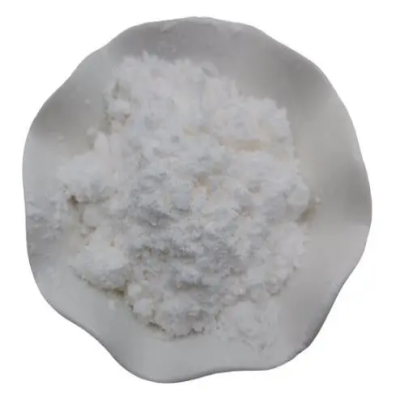
Di-p-xylylene CAS:1633-22-3
Di-p-xylylene, also known as parylene, is a polymer material that is formed through the chemical vapor deposition (CVD) of di-p-xylylene monomers. This unique polymer possesses high thermal stability, excellent barrier properties, and biocompatibility, making it suitable for a wide range of applications in various industries. Di-p-xylylene is a linear, highly crystalline polymer with exceptional resistance to solvents, moisture, and chemicals, as well as low permeability to gases and liquids.
-
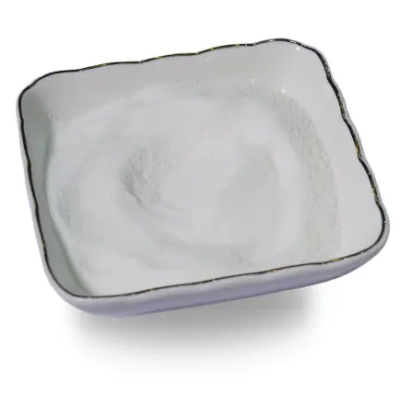
Hexadecyl trimethyl ammonium bromide CAS:57-09-0
Hexadecyl trimethyl ammonium bromide, also known as cetyltrimethylammonium bromide (CTAB), is a quaternary ammonium compound with the chemical formula C19H42BrN. It is a cationic surfactant that is widely used in various industrial, scientific, and pharmaceutical applications. CTAB is a white, waxy solid at room temperature and is soluble in water. It is known for its surfactant, emulsifying, and antimicrobial properties.
-
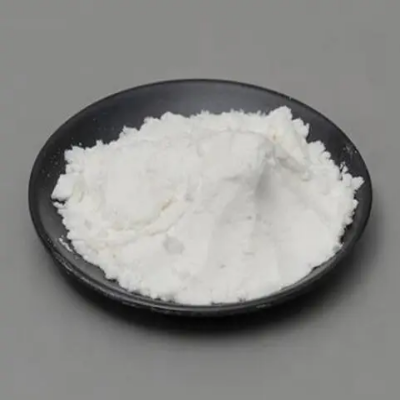
N-Methyl-2-pyrrolidinone CAS:872-50-4
N-Methyl-2-pyrrolidinone (NMP) is a powerful solvent with a high boiling point and low vapor pressure. It is a colorless to slightly yellow liquid with a mild amine-like odor. NMP is a versatile compound widely used in various industrial applications due to its excellent solvency, high chemical stability, and low toxicity.
-
![Dichloro-[2,2]-paracyclophane CAS:28804-46-8](https://cdn.globalso.com/xindaobiotech/GRKLPVJ3QSJRM3.png)
Dichloro-[2,2]-paracyclophane CAS:28804-46-8
Dichloro-[2,2]-paracyclophane is a chemical compound consisting of a cyclophane structure with two chlorine atoms attached to it. This molecule is characterized by its unique three-dimensional arrangement, which confers it with interesting properties and potential applications. The rigid and symmetrical nature of the paracyclophane framework, combined with the presence of chlorine substituents, imparts specific reactivity and structural features to this compound.
-
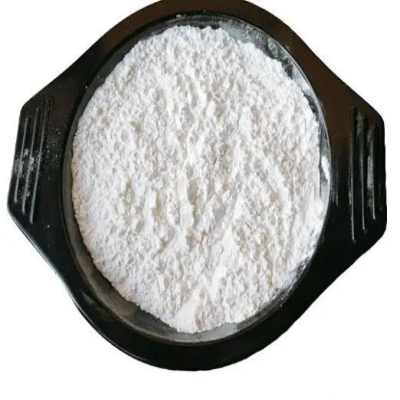
DIPHENYLDIFLUOROSILANE CAS:312-40-3
Diphenyldifluorosilane, often referred to by its abbreviation DPD, is an organosilicon compound that carries diphenyl and difluoride groups. It appears in the form of a colorless liquid with a light fruity odor. It has the chemical formula C6H5F2Si. Diphenyldifluorosilane can react readily with other compounds, making it useful in chemical synthesis processes.
-

2,3,4,5-Tetramethyl-2-cyclopentenone CAS:54458-61-6
2,3,4,5-Tetramethyl-2-cyclopentenone is a chemical compound with the molecular formula C9H14O. It is with a strong odor and is commonly used in organic synthesis and as a flavoring agent.
-
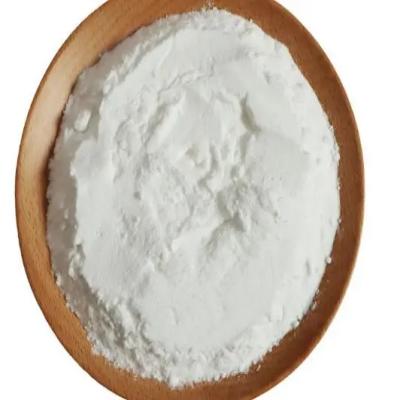
1,3,6-Hexanetricarbonitrile CAS:1772-25-4
1,3,6-Hexanetricarbonitrile is a cyclic nitrile derivative with the formula C6H9N. It is often abbreviated as HETCN. It appears as a colorless liquid with a slightly ammonia-like odor. This compound is highly soluble in water but less soluble in non-polar organic solvents like ethers or alkanes.
-

Bis(triphenylphosphine)palladium(II) chloride CAS:13965-03-2
Bis(triphenylphosphine)palladium(II) chloride is a coordination complex featuring palladium in the +2 oxidation state, coordinated with two triphenylphosphine ligands and two chloride ions. This compound is extensively studied and utilized in various catalytic and synthetic applications due to its unique coordination geometry and reactivity. The presence of palladium in the +2 oxidation state makes this complex particularly interesting for catalytic purposes.
-
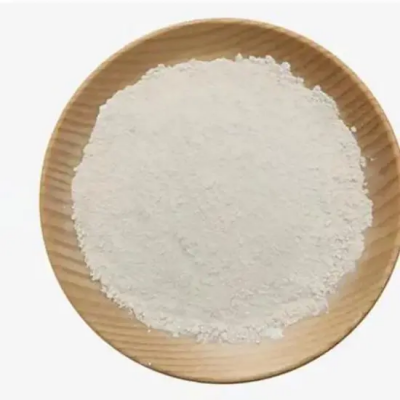
Bis-(sodium sulfopropyl)-disulfide CAS:27206-35-5
Bis-(sodium sulfopropyl)-disulfide is a chemical compound with the molecular formula C6H12Na2O6S4. It is a water-soluble, anionic surfactant and a member of the disulfide surfactant family. This compound contains two sulfonate groups and a disulfide bond, giving it unique properties that make it useful in various applications. It is typically found in the form of a white to off-white powder.
-
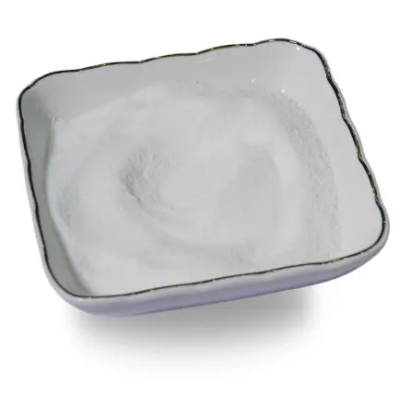
1,2-Bis(2-cyanoethoxy)ethane CAS:3386-87-6
1,2-Bis(2-cyanoethoxy)ethane, also known as bis(2-cyanoethoxy)ethane, is a chemical compound with the molecular formula C8H12N2O2. It is a diester derivative containing two cyanoethoxy groups attached to a central ethane backbone. This compound is primarily used as a crosslinking agent in the synthesis of polymeric materials, particularly in the production of polyurethanes and epoxy resins. Its bifunctional nature allows it to participate in the formation of covalent bonds between polymer chains, enhancing the mechanical strength, durability, and thermal properties of the resulting materials. Additionally, 1,2-Bis(2-cyanoethoxy)ethane is employed in the preparation of specialty polymers and composites with tailored properties for applications in adhesives, coatings, and structural materials.

